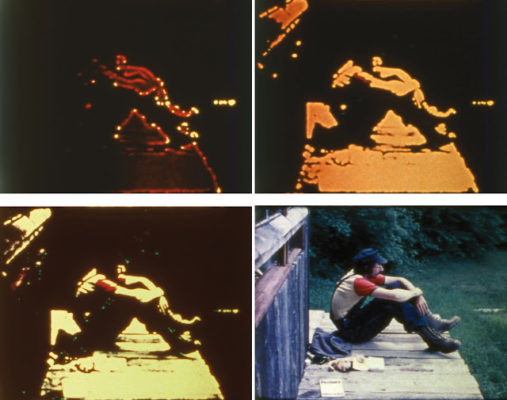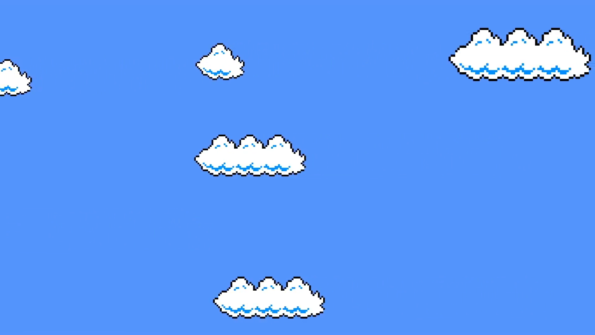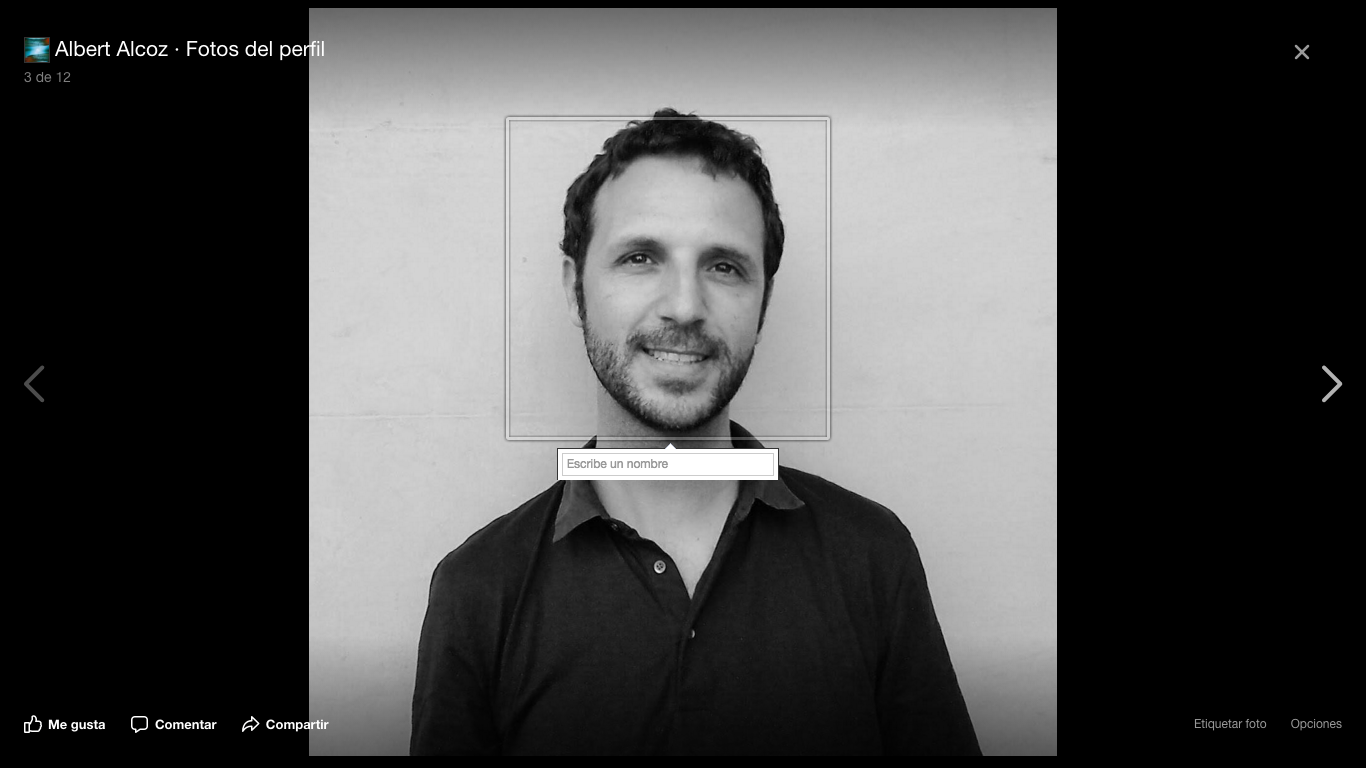Search
To search for an exact match, type the word or phrase you want in quotation marks.
A*DESK has been offering since 2002 contents about criticism and contemporary art. A*DESK has become consolidated thanks to all those who have believed in the project, all those who have followed us, debating, participating and collaborating. Many people have collaborated with A*DESK, and continue to do so. Their efforts, knowledge and belief in the project are what make it grow internationally. At A*DESK we have also generated work for over one hundred professionals in culture, from small collaborations with reviews and classes, to more prolonged and intense collaborations.
At A*DESK we believe in the need for free and universal access to culture and knowledge. We want to carry on being independent, remaining open to more ideas and opinions. If you believe in A*DESK, we need your backing to be able to continue. You can now participate in the project by supporting it. You can choose how much you want to contribute to the project.
You can decide how much you want to bring to the project.

At what precise moment did the exact repetition of moving images become popular? What technical devices encouraged this trend? What motives prompted the use of mechanical strategies for their continuous circulation? In what expressions was repetition revealed to be an aesthetic gesture? What sense is there in looking again at these scenes, sequences or complete works on a screen? What differences are there between repetition on television, a loop film projection and the continuation of a video work? Do these new views affect our understanding of what they represent? These are questions that suggest introducing an analysis of the role of repetition in audiovisuals. Understanding the options of its technological tools, the artistic criteria of those using it consciously and the interpretations it provokes in viewers are some of the objectives to take into consideration[1],although perhaps the sense of what we shall now say doesn’t aspire so much to answer our previous questions as to provoke new ones, formulated more concisely.
Let’s start at the end, with Boomerang, for instance. This label designates an audiovisual tool that is more or less recent, offered by Instagram. Its promotional advert tells us that it ‘makes everyday moments fun and unexpected’. The last two terms betray a banal conception of the moving image, or at least an acritical way of understanding its practice, which is something that the democratisation of digital video has meaningfully furthered, with all its pros and contras. ‘Create captivating mini videos that loop back and forth, then share them with your friends’ advertises the photographic app. In actual fact, the key word in the English propaganda doesn’t refer to the repetition but to the loop. If we look up the meaning of loop in the dictionary we’ll see its multiple definitions; of them all, the one that comes closest to our interests is the one related to the discipline of music. The dictionary of the Royal Spanish Academy (RAE, for its initials in Spanish) contains no definition for loop related to the audiovisual field. In electro-acoustic music, a loop is ‘a repeated section of sound material’. This brief description conceals a wide range of devices used to achieve the sound: samplers, synthesisers, sequencers, rhythm boxes, etc. Boomerang enables loops to be produced on Instagram. There are, however, other options for making videos on mobile devices, where images can be repeated constantly thanks to new techniques of reproduction. Short videos – like exhibitionist stories – can be viewed ad infinitum on smartphones, at least as long as our battery lasts. We should point out that including a loop in one’s own recording isn’t the same as waiting for it to appear in someone else’s reproduction. In some way GIFs, that date back to 1987, are the most important digital precedent of these mass disseminations of videos[2]. Leaving to one side the conventions that validate artistic practice, we could say that any Instagram user is a potential video-maker of loops. Another debate would be how this arsenal of videos is simply a continuous flow of digital information, designed to be consumed and forgotten almost immediately.
In the audiovisual field we must distinguish between the two main technological formats that help create loops: photochemical supports and digital videos. The former belong both to the sphere of the invention of cinematography, or pre-cinema, and to that of the material and metalinguistic exploration of experimental film, found footage and structural film. The latter respond to the circumstances of exhibiting video in the museum context for specific lengths of time, which requires unlimited reproducibility, at least until the closure of the architectural setting housing the display. Unlike most video art, films that verge on the experimental are usually shown at festivals and alternative theatres – so-called micro-cinemas – where there is usually only one projection. Even so, celluloid works (usually 16 mm) projected in loop are increasingly common in exhibition halls, so we should review the technical aspects and go back to the beginning.
Film was born from the desire for repetition. Thomas Alva Edison registered the patent of the Kinetoscope in 1889, a device consisting of a wooden structure containing a simple film sequence for individual consumption. The limitations of filming obliged the film-makers to keep their narrative developments brief, barely a few minutes. Detecting the moment the scene began again was a feasible challenge. In March 1895, a few months before the public display of the cinematographer (which would take place in Paris in December of that year), the Lumière brothers made the first presentation of the film La Sortie de l’Usine Lumière à Lyon at a convention for industrial development. The impression it caused in the sector prompted those present to request another projection. The desire to grasp in greater detail the illusion of movement offered by the new contraption justified the petition.

Fernand Léger
Repeating different film shots is an operation that certain experimental film-makers carry out following criteria related to the deterioration of the original material[3]. They also include repetition in the aesthetics of duration, or to modify perceptive processes. A study of the copying of film footage could reveal a genealogy of uses that was initiated by the artistic avant-garde and continued by minimalist film. Ballet Mécanique (1924) by Fernand Léger and Dudley Murphy includes a high-angle shot of a woman walking up a flight of stairs. Her action is repeated, at first, six times, and after a shot of smiling lips, ten more times. The protagonist doesn’t reach her destination; a space occupied by the position of the camera, which she stares at and addresses. Her effort to reach the last step is a fruitless exercise in which she seems to be trapped. This film solution breaks both the linearity of the facts and their cause-effect relationship. The montage no longer seeks the logical continuity of events but attempts to challenge their artifice. Altering temporal development, revealing the properties of the material and questioning their conventional use are some of the intentions articulated in titles like Sleep (1964) by Andy Warhol, Tom, Tom, The Piper’s Son (1969) by Ken Jacobs, Runaway (1969) by Standish Lawder, Demolition of a Wall (1973) by Bill Brand, Print Generation (1974) by J. J. Murphy or Four Shadows (1978) by Larry Gottheim. All these films can be analysed in terms of repetition, a formal principle that plays an active part in re-filming, optical copying and copying by contact. These directors work on repetition structuring systematic films that place the film medium and audience awareness in the foreground. Revealing the physical properties of film and embracing the phenomenological processes of viewers are some of the accounts derived from this operation.
Video creation makes repetition imperative, as long as it is exhibited in a museum or gallery context. By exploring repetition, therefore, digital video revisits structural film, which is not contemplated at the core of the work but in its continuous becoming. Videos in loop often reveal that artists do not often reflect on the consequences of their reproduction. In other words, very few video artists make a coherent use of the continuous repetition of their works when these are displayed in the white cube. Dan Graham, Peter Campus or Steina and Woody Vasulka studied their implications in depth, particularly in closed-circuit video installations, yet scarce contemporary examples positively assume this, as we see in Super Mario Clouds (2002) by Cory Arcangel. In this work the New York artist uses one of the most emblematic video games and reduces the graphics of its scroll to the presence of clouds against a blue ground. Its sideways movements can be read as a spatio-temporal continuum that refers both to the absence of the animated plumber and to the continuous, albeit slight, atmospheric changes. Other contemporary video installations by Christoph Girardet, Harun Farocki or Teresa Hubbard and Alexander Birchler also adopt a loop format, as argued by J. Ronald Green in his study “The Re-emergence of the Film/Video Loop”[4]. The filmic recycling of the former and the sociopolitical analysis of the latter form a sharp contrast with the narrative mises en scène impeccably recorded on a Steadicam by the couple of Swiss descent. Notable works by Hubbard / Birchler like Detached Building (2001) or Single Wide (2002) suggest continuous orbits, persistent returns providing mutual feedback to their possible interpretations. Other video artists like Oliver Laric or Graham Dolphin apply resources that, unfolding like Möbius strips, influence lo-fi production techniques provided by searches for Internet images.

Cory Arcangel
Variation and transformation are characteristics assumed by repetition in certain fictional feature films. Films as different as Rashomon (1950) by Akira Kurosawa, Groundhog Day (1993) by Harold Ramis, Run Lola Run (1998) by Tom Tykwer, Timecrimes (2007) de Nacho Vigalondo, Source Code (2011) by Duncan Jones or Right Now, Wrong Then (2015) by Hong Sang-soo introduce, to a certain extent, repetitive structures that progressively change direction or completely alter the point of view of the story. Playful temporalities and hyperbolic causalities appear in nuanced plots that avoid orthodox linearity. Returning to new beginnings, changing their development to the point of inverting the memory that viewers initially have of them are frequent in these narrative films subject to commercial conventions. They are revisions that insert new narrative conflicts and form sharp contrasts with the radicalism of video-art projects and film experimentation.
The previous examples and notes should suffice to deem the value of repetition as an ideal formal resource for producing audiovisual solutions related to the shaping of time. Despite not having solved many of our initial doubts, as recalled by the electronic music group Orbital in their theme Planet of Shapes, it is worthwhile pointing out that ‘Even a stopped clock tells the right time twice a day’. If all time-based media partake of temporality and duration, they must necessarily involve memory and anticipation. Like music, film unfolds in the transition between memory and imagination. Both the Kinetoscope and Boomerang speak to us of a concern with taking another look, insisting on observation as long as our curiosity to discover continues to apprehend our surroundings.
[1] For an analysis of repetition as an aesthetic and ideological device in the avant-garde, see Rosalind Krauss, ‘The Originality of the Avant-Garde: A Postmodernist Repetition’ October, Vol.18 (Autumn 1981), pp. 47-66. For an investigation into fictional film, we recommend Raymond Bellour, ‘Cine–Repetitions’, Screen, Vol. 20, No. 2, 1 July 1979, pp. 65-72.
[2] A few months ago, on this same platform Eloi Puig examined the role of GIFs, focusing on the low quality of their images and the value of glitch as an aesthetic feature.
[3] Austrian theoretician Christa Blümlinger explains the implications of repetition in her book The Cinema of Attractions Reloaded, chapter ‘Lumière: the Train and the Avant-Garde’, in the section explicitly titled ‘Avant-Garde Film and Early Cinema: The Paradigm of Repetition’. Found footage films by Bill Morrison, Al Razutis and Peter Tscherkassky, for instance, are analysed under the paradigm of reoccurrence, in this case appropriationist.
[4] J. Ronald Green, ‘The Re-Emergence of the Film/Video Loop’ in Millennium Film Journal, ‘Structures and Spaces: Cine-Installation’, No. 55 (Spring 2012).

Albert Alcoz is intrigued by film experimentation and videographic exploration, as well as the singular ways of configuring sound through moving images. He writes about the cinematographic medium and the visual arts since he started the Visionary Film website in 2006. He organizes projections in self-managed spaces and collaborates with legitimated art centers. From time to time he films, records or edits his own pieces, alternating found footage, structural cinema, cameraless cinema, expanded cinema, video clip or documentary practice. It is not enough to pay the rent, but teaching is.
"A desk is a dangerous place from which to watch the world" (John Le Carré)